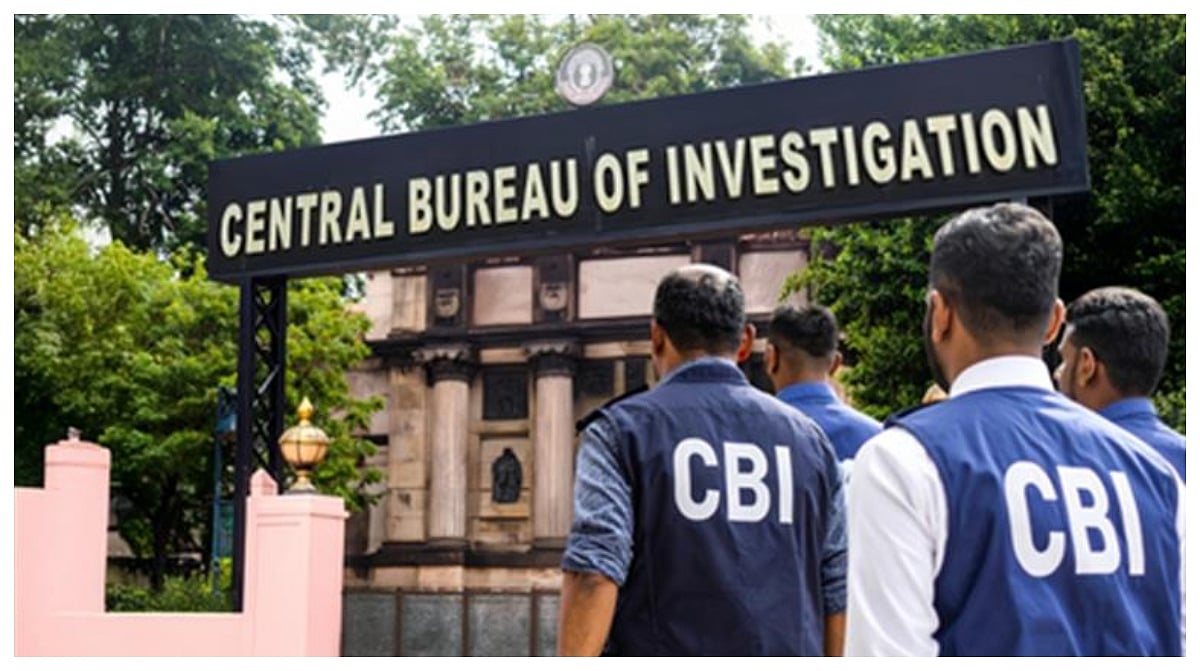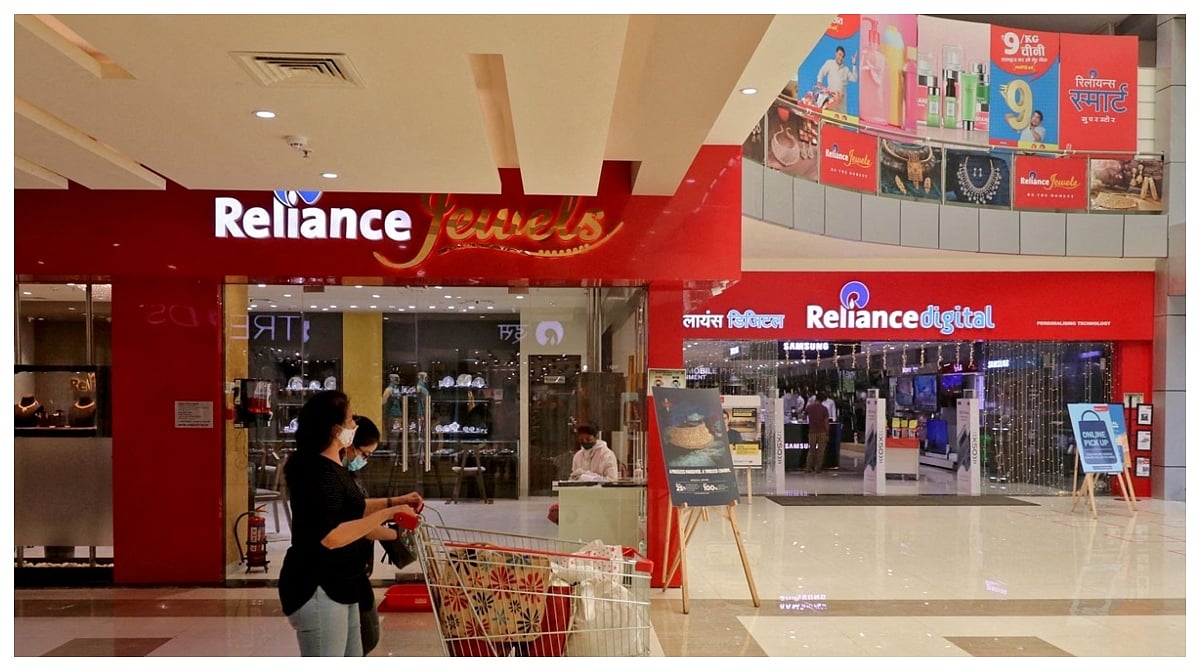As India unlocks, how far have we traversed the road to recovery in business? Will the festival season of 2021 bring back growth? Will this growth be sustainable? In a webinar titled ‘Brands and Consumers: Will the Festival Season Reignite Growth? Future Outlook for Brands’, leading marketers decode the challenges and learnings of the pandemic, and talk of how they see the industry faring in the near future
On September 17, the Indian Society of Advertisers (ISA) organized a webinar titled ‘Brands and Consumers: Will the Festival Season Reignite Growth? Future Outlook for Brands’, in association with the Free Press Journal and Republic TV.
Prominent ISA members – all representatives of top-notch brands - took part in the session moderated by R. Ramakrishnan, Chairman, ISA Events. The participants (in alphabetical order) were Anuj Jain, Executive Director, Kansai Nerolac; Elizabeth Venkataraman, Joint President - Consumer, Commercial and Wealth Marketing, Kotak Mahindra Bank; Navnit Nakra, Vice President and Chief Strategy Officer, OnePlus India; Ravi Desai, Director, Mass and Brand Marketing, Amazon India and Sadashiv Nayak, Chief Executive Officer, Future Retail.
Paulomi Dhawan, Executive Council member, ISA, set the context for the webinar, saying that with India unlocking in the wake of the pandemic, there is caution and uncertainty on one side, and optimism about recovery on the other, and the task is to understand the challenges and devise strategies for the way forward.
The knowledge partner for the webinar was Mogae Media and RED FM the Radio partner.
R. Ramakrishnan: All of us have been witness to the way business halted during COVID Wave 1 and Wave 2. But now there are a lot of green shoots that point to a better future. Consumer confidence is up. There is a lot of pent-up demand, and people expect to do a lot of revenge buying. Everyone is tired of being scared of the pandemic. There is increased mobility, as many people have received two doses of vaccination, and there is a positive outlook about being able to fight the COVID-19 pandemic. People are prepared to leave boredom behind and have some responsible fun. Wave 3, if it happens, will hopefully be small and more manageable. In the current season, many industry clusters will probably look at doing better than pre-pandemic levels. Meanwhile, a good monsoon augurs well for the rural economy and discretionary spending has gone up by 21% in August. Clearly, it is going to be very interesting because 50% of the ad industry’s annual business comes in this particular period up to December.
Today’s panel includes representatives of consumer durable brands, online retail, offline and modern retail, as well as consumer finance – indeed a heady mix of speakers to analyse the challenges before brands and consumers. What is the outlook for each of these businesses in the current festival season? How do they see this season versus the pre-pandemic season and the COVID season of 2020? What are the significant changes in consumer expectations? How are brand and marketing efforts tailored to drive consumption? I invite each panelist to talk about the theme of today’s discussion by turn.
Navnit Nakra: The festive period is probably one of the most important sales periods for brands and consumers across the country. Even at OnePlus, this period holds great significance because it brings us an opportunity to create unique and memorable experiences for our users. The festive time is also considered very auspicious by many families for buying large ticket products, consumer electronics, white goods, automobiles, smartphones, smart TVs, etc. While there is dampening of consumer spirits after the pandemic, positive sentiment is on the rise, as we get into the festive season. A recent report published by YouGov actually mentions that many urban Indians have demonstrated higher appetite to spend this festive season compared to last year. This is a very positive indication of what is round the corner. In Q2 of this year - April, May, June - a Counterpoint research report indicated an all-time high in growth of smartphones and 82% jump year on year, this quarter vs the last quarter. Even the smartwatch and audio segments registered double-digit growth compared to last year. With the pandemic, all of us are working from home and consuming digital content like never before -
studying at home, getting entertained at home, and with the advent of e-Sports, I guess playing at home as well. So, quality consumer electronics become very crucial. We at OnePlus believe that it is going to be a very positive festive season. Many consumers are going to upgrade to better devices, and better technology products. With the pandemic situation poised at a very different position than earlier, marketers need to integrate commerce strategy, be it online or offline, and look at where the consumer is showing interest. Rather than a ‘spray and pray’ approach, we need smart and targeted marketing strategies as we get into the festive season.
Ravi Desai: It remains one of our key priorities to keep our customers as well as our ecosystem partners safe through this period. The festival is a busy period for anybody in this space. But safety comes first. Wave 2 of the pandemic perhaps left a bit of an emotional scar, having impacted millions of families across the country directly or indirectly. Thankfully, that's behind us. One of the key themes for the next few months is the first R, where customers, consumers, Indians are looking to Reclaim their lives. There is a need for us to go back to what a celebration-filled, joy-filled, happiness-filled Diwali used to be like. This is one big theme likely to play out in the next few months. There is a certain level of rising excitement - aka revenge shopping - for the festive season and the wedding season that closely follows in India. Customers can finally go back to fulfilling some of their wants, rather than focusing only on their needs, as they did last year.
Personal computing is likely to remain a consumer favourite category, as we all are computing from home, be it for study or work. Personal computing devices, beauty, home apparel and smartphones are likely to be big draws in this part of the year. We are excited about what's lined up, both in terms of selection as well as affordability, for our customers in the festive season. We are cautious, yet optimistic that we can serve customers at scale in the coming two months, and help them reclaim their lives.
Elizabeth Venkatraman: The vaccination drive in India has driven a lot of confidence in the country and communities. We see a lot more of mobility, which actually reflects in some of the positivity, optimism and confidence with which we are approaching the festive season. From a bank's perspective, what's really changing, is that we see increased revival in certain sectors – home loans, auto loans, credit cards, debit cards spending, digital payments. Earlier, people exercised a lot of caution while spending. We see some of that trajectory changing. We see revival and a lot of cautious optimism from some of the big e-tailers here; the numbers this year are set to go up by as much as 45-50%. There are many Indias, many consumer segments in terms of spending. How we are gearing up - our home loan rates have been revised for the festive season when people think it auspicious to buy homes. We've just launched a massive home loan campaign and look to fulfill home dreams. We have ‘Khushi ka Season’ offers across all categories to fulfill pent up and festive demand.
Changes we've seen in consumer behaviour include higher digital adoption, digital payments, mobility, and many of our products are linked to these things. We introduced video KYC for customers, and focused on home loans because a home became central to people's lives. We saw change in purchase behavior – a lot of value purchases and online purchases; a four-fold increase in digital adoption and payments. Consumers also brought bigger focus on personal health and wellbeing. The moment the pandemic struck, we brought in bank from home, like WFH, and told consumers not to panic, to be self-sufficient, that practically everything could be done from their own palms and mobile phones.
Anuj Jain: In the first wave of the pandemic, everything came to a halt. For paint, most consumers are dependent on the painter to come and do the painting. Also, the dealer has to be open for business. But there was a lot of confusion about whether consumers would allow painters to enter their homes. When the lockdown lifted, the smaller markets responded well, but the urban market took a very long time. Maybe people were more conscious. They were not really willing to let painters enter their homes. But still we felt that return of demand was faster than anticipated. We started educating our dealers about how to respond to the changes. We started talking to our painters about how should they ensure hygiene and cleanliness. As people were spending a lot of time at home, they became very conscious about home improvement, and looking at their needs, we introduced many new products. During Wave 1, painters migrated, and even when the lockdown lifted, they were not back and we could not service the demand. But after Wave 2, we saw immediate return of demand because this time, the painters continued to live where they work. Our products took care of hygiene, surface protection, with antifungal, antiviral, antibacterial properties. There are positive hopes about the festive season because we have not seen any downgrading in paints. There’s traction towards long-lasting paints. People are ready to spend more if they are getting more value out of the product. That's a very good change. People want to experience a few things and if the experience is good, it will become sustainable behaviour. Definitely, confidence levels are high, as reported directly by our large network of builders and lakhs and lakhs of painters. We expect the festival season to be good. Fingers crossed!
Sadashiv Nayak: One point that stays with me is what Elizabeth said – ‘It's not one India, it’s many Indias’. I’ve been on these whirlwind tours over the last few months - Sonepat to Nasik to Surat to Ahmedabad, to Bangalore, NCR, and recently, I was in Darbhanga and Patna. Consumers are very, very happy and very, very positive. Yes, they're making adjustments and negotiating how they want to shop. Looking at the whole thing, we tried to find how best the country could articulate the opposite of lockdown. Unlock wasn’t good enough, because it was really like a prisoner being set free. So we said, if there is a war in the country where everyone is masked up, the winner is who puts the smile first over the mask. As a retail brand, let's put the smile on masks because masks have to be there. That possibly captures the mood of what we are doing. As for consumer behaviour, browsing and gifting continued, both online as well as in our stores. Two new things we noticed were caring and contributing. For the first time, we saw a person in Mumbai saying, ‘I'm ordering but I'll pick up orders for my third floor Aunty along with mine’. People also came together to say how they would like to shop with us: ‘Listen, this is how we would like you to run the safety, hygiene measures in your store.’ All the while, saving remained a common theme. If it all, it got accentuated. If lockdown got families together on the dining table, Big Bazaar wanted to get families back to shopping together, around the shopping trolley in stores or online. For this, we built in a whole delivery commerce business, created a value departmental store and called our customers ‘family member’. Specific to the festival season, we built on community. So the rice in Agartala is very different from the rice in Mumbai. But for a person from Agartala who has migrated to Mumbai, we serve that rice in Mumbai.
R. Ramakrishnan: Thank you, panelists. I was looking at some data, July 2021 versus July 2019 and August 2021 versus August 2019. In the northern regions, 78% of business in July 2019 was achieved in July 2021. For August, this figure was 97%. In the South, volume of business in July 2021 was 82% of July 2019, and the figure was 97% for August. Sadashiv, do you see North and South having a better momentum?
Sadashiv Nayak: Our reality is a little nuanced. In retail, there are malls and independent stores. In some of the geographies you are referring to, let's say, North, there was a lesser dependence on malls and also possibly many of the markets had very stringent norms for shopping. So, wherever there was not too much dependence on malls, our recoveries have been good. But in the South and Bangalore and Mumbai, where there are malls, it was slow recovery. In Karnataka beyond Bangalore, recoveries have been excellent, in line with the North. It is really the norms of the local authorities that define level of recoveries.
R. Ramakrishnan: The quick service restaurant (QSR) business has jumped up fantastically. Food and groceries, consumer electronics and durables, also went up. Any comments, Ravi?
Ravi Desai: Wave 1 forced customers to change their lifestyle quite dramatically. Then there was a little bit of an uptick between December 2020, January, February and March. Then Wave 2 hit us. By then, you kind of start to adjust to the new normal. Certain categories start to play a much more prominent role. Certain other categories suddenly fade away. For instance, I completely changed my footwear behaviour in the last 12 months because I'm no longer using the kind of shoes I used to wear to office. Customers largely reflect what changes they've had to make. Convenience, health and hygiene, care-giving related categories - those are beginning to see greater traction. There will be a certain change as the next few months come through, depending on new normal versus what happens thereafter.
R. Ramakrishnan: Navnit, what are the significant changes in consumer expectations in your sector? Have some new opportunities or new business models emerged, thanks to the pandemic?
Navnit Nakra: We see two very distinct consumer purchase sentiments coming up in the pandemic. One, everybody's careful with their money. Nobody wants to waste money on something which is extravagant, or something which was on their wishlist earlier. In our segment, which always talked about value for money, be it the affordable premium or the premium segment, people are going a step further and saying, ‘Is the serviceability of this product great for me and my family? If I get an extended warranty, if I get a repair service… is this closer to home?’ The convenience factor around the purchase is becoming more realistic. So, consumers are looking at brands to fulfill the promise, beyond what is there in the offline space or beyond what is there in the cart when we work with partners like Amazon or Flipkart. The second thing we are observing is consumers looking to purchase a better quality product, if the total consumer outlay over the lifetime of that product is meaningful to them and the family. So, a consumer would come to me and say that I do need a smart watch, but do I go to a premium brand like OnePlus today, because they offer great quality? These two changes are very significant, as we get into the festive season and even beyond that.
R. Ramakrishnan: Elizabeth, how is the consumer sentiment towards spending? Is the consumer mojo back? If so, in which sectors do you see the consumer going deeper?
Elizabeth Venkatraman: The overall sentiment is good. If I look at spends, while they dipped during the pandemic, 80- 85% of business is back overall. In the MSMEs segment, we do hear of businesses that have thrived and done well - some sectors which have really reinvented themselves and found another trajectory or even started and found a new trajectory. We have some beautiful stories. But equally, there are stories of businesses that had to either scale down, shut down, suffer losses, take loans, etc. So, it is a mixed bag. For the privileged segment, there is no change, but a certain level of conservatism is observed. Meanwhile, people discovered digital spending. A lot of people say that I buy a lot more because it's a trigger on my phone now. All of these led to buying what people really needed, and they looked for value. The purchase categories changed a lot. We could see the likes of air-fryers, expensive home cleaning stuff. Homes became cleaner because everybody took charge and everybody bought machines and they're all over-equipped now for a fully supported world. I saw a lot of people postponing purchase for events where they will get deals, because the value of money was really felt.
R. Ramakrishnan: Anuj, given the fact that people have been attaching so much importance to health and wellness and cleanliness, is there anything relating to product or marketing innovations that you did to cater to this sentiment?
Anuj Jain: Paint on one side is aesthetic, and the other side of it is protection. We focused on the paint plus another feature-led protection, more functional and long-lasting and in addition, make the walls germ-free. In the last year, a lot of products have come in. We also got into adjacent businesses like water-proofing and construction chemicals, because that completes the package as dampness on paint leads to unhygienic conditions. One more trend the pandemic has led to is that people are not thinking of long term now. Earlier, people used to say 10 years later, but we are seeing people talking of three or four years, which means that they want to celebrate more often. This will probably lead to better growth, as paint is also an occasion-based thing. We have a lot of innovation in terms of colour, combination, themes and even at the retail level, a lot of things are happening.
R. Ramakrishnan: Will the consumer celebrate with paint this season?
Anuj Jain: Yes, because celebration is all about your environment, how good your environment looks and feels, so people have recognized that paints play a very important role. That's the sentiment. People are relating positivity to paint.
R. Ramakrishnan: I thank you all for your candid responses, for your interesting ideas and insights.
Catch the telecast of this webinar on Republic TV soon.










